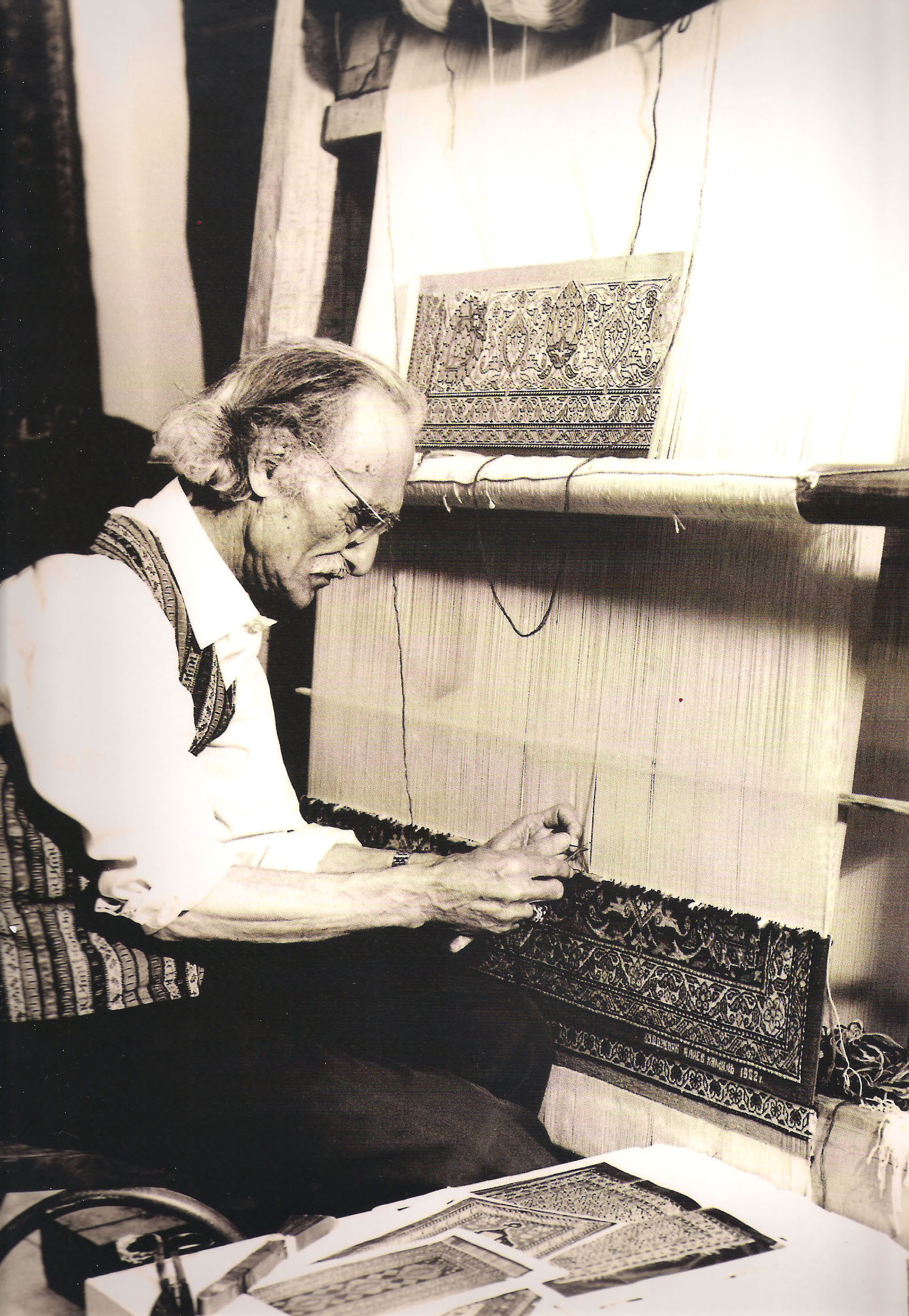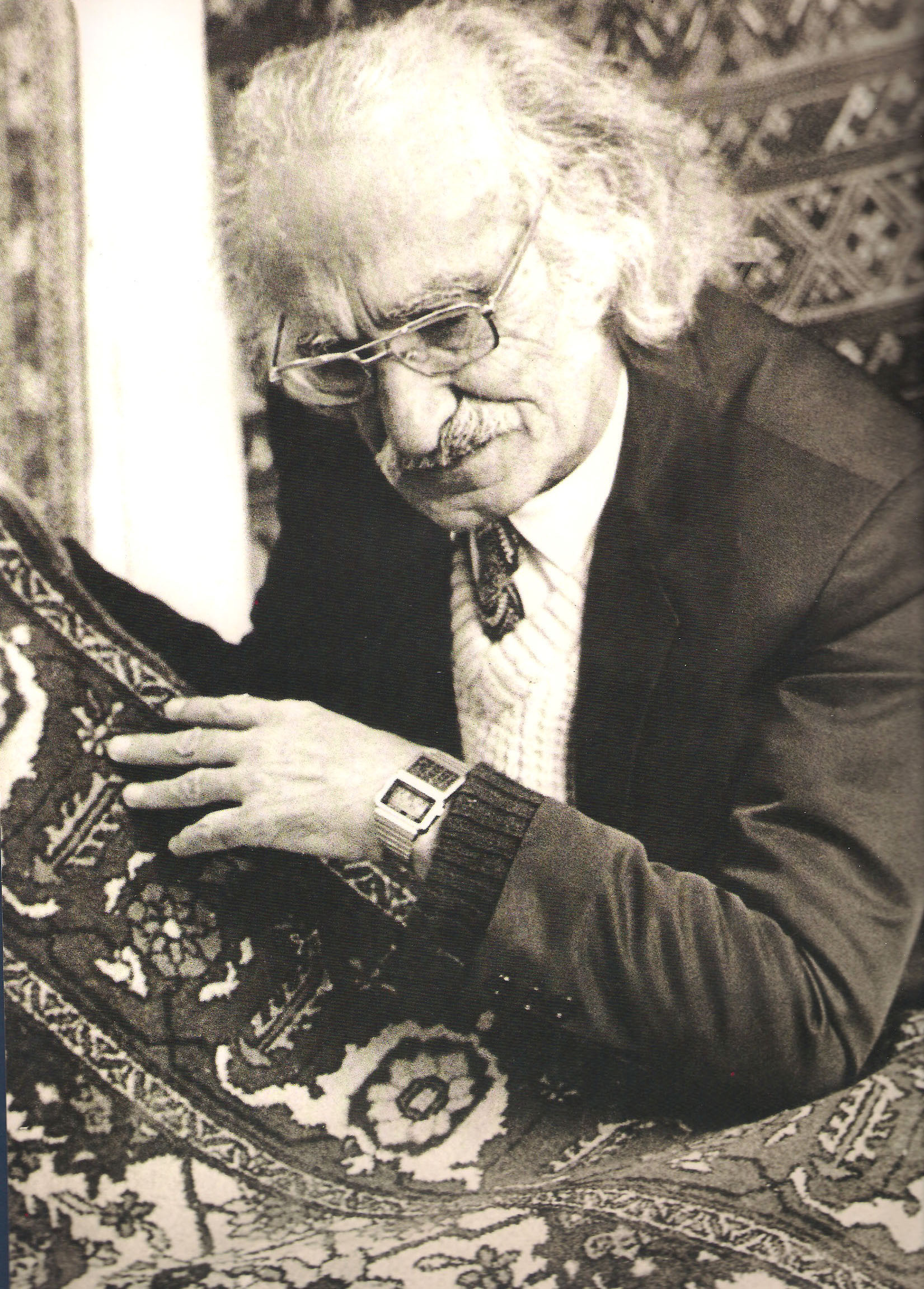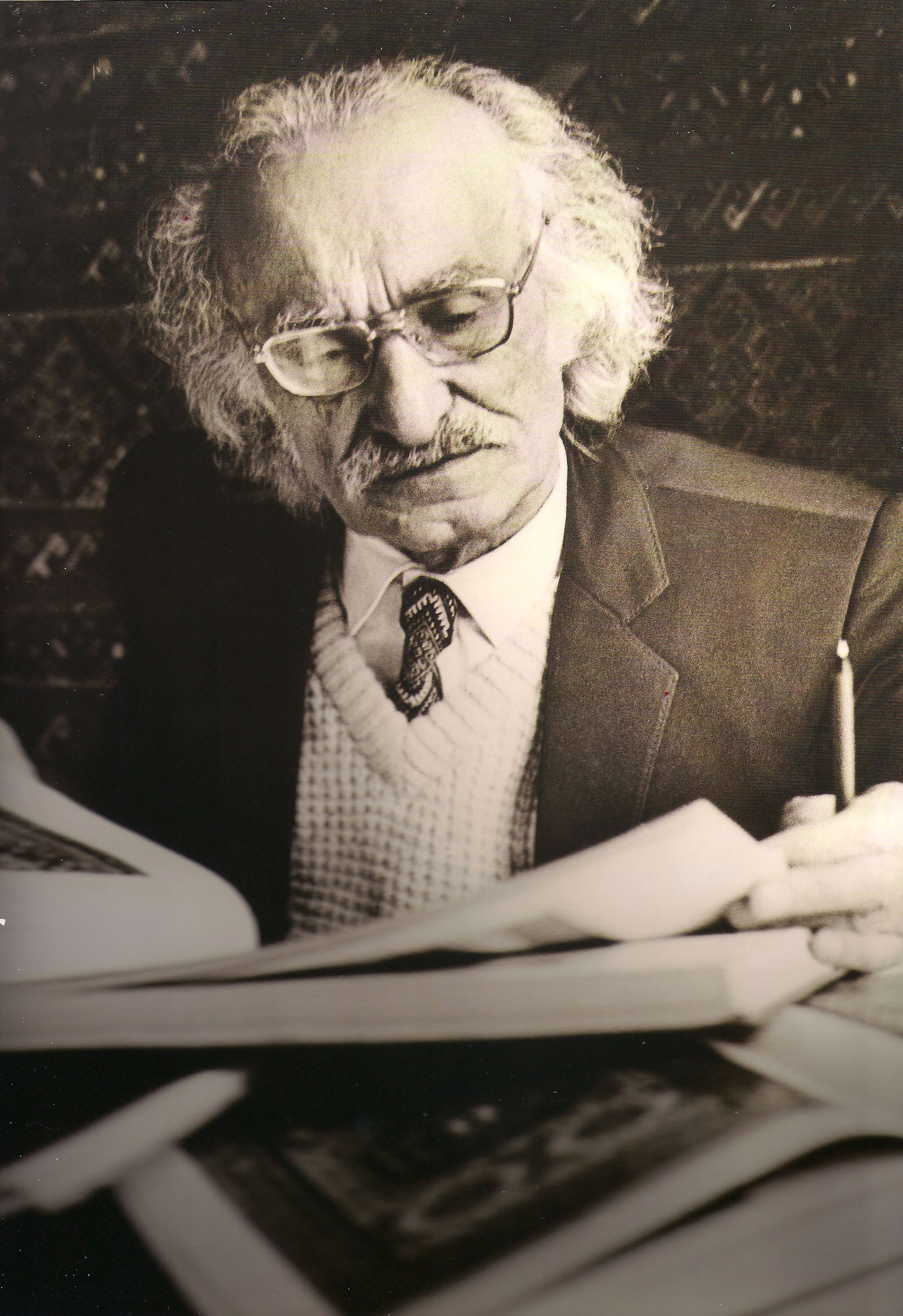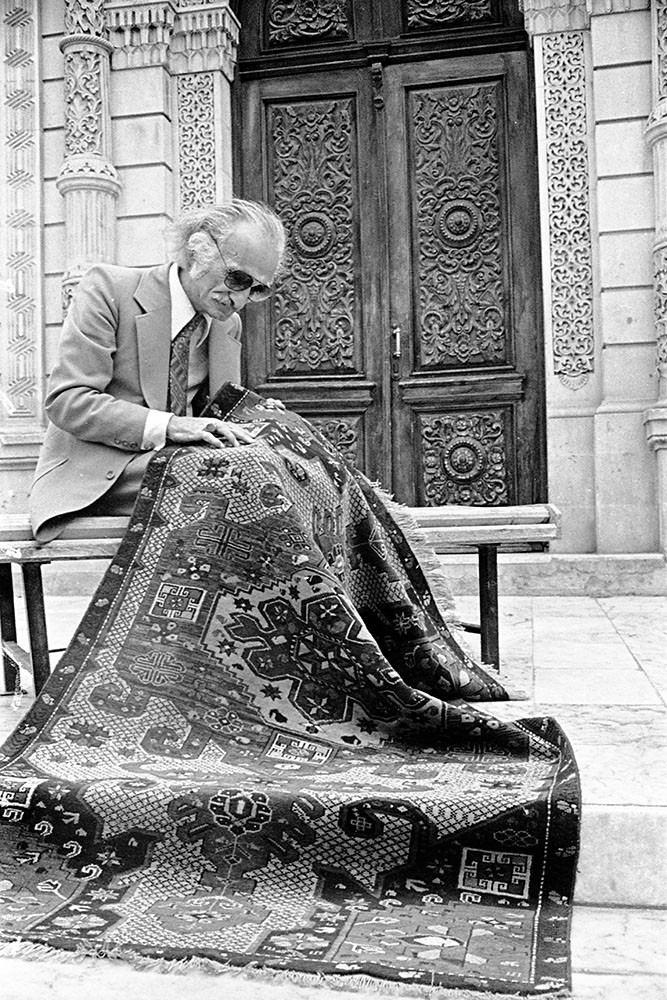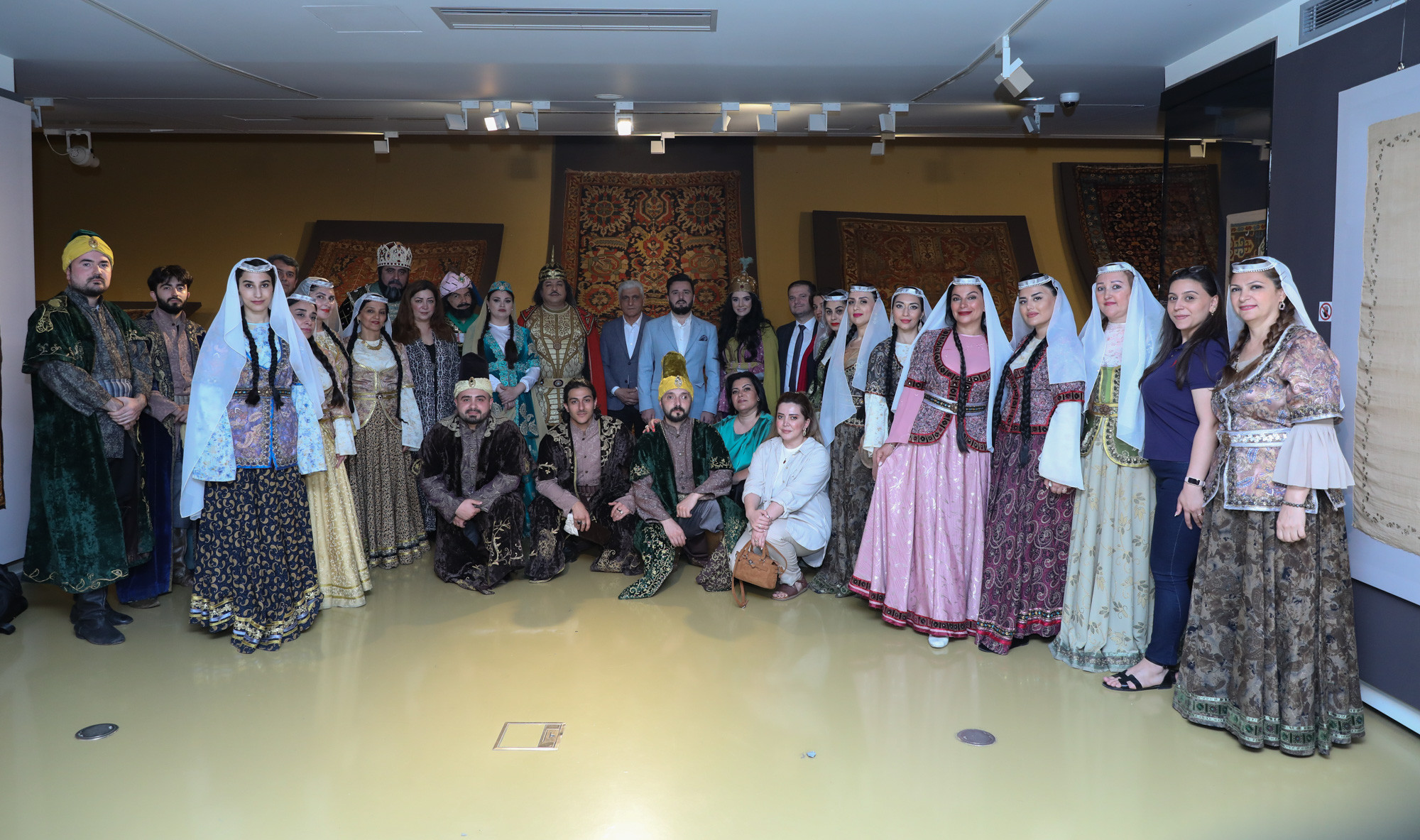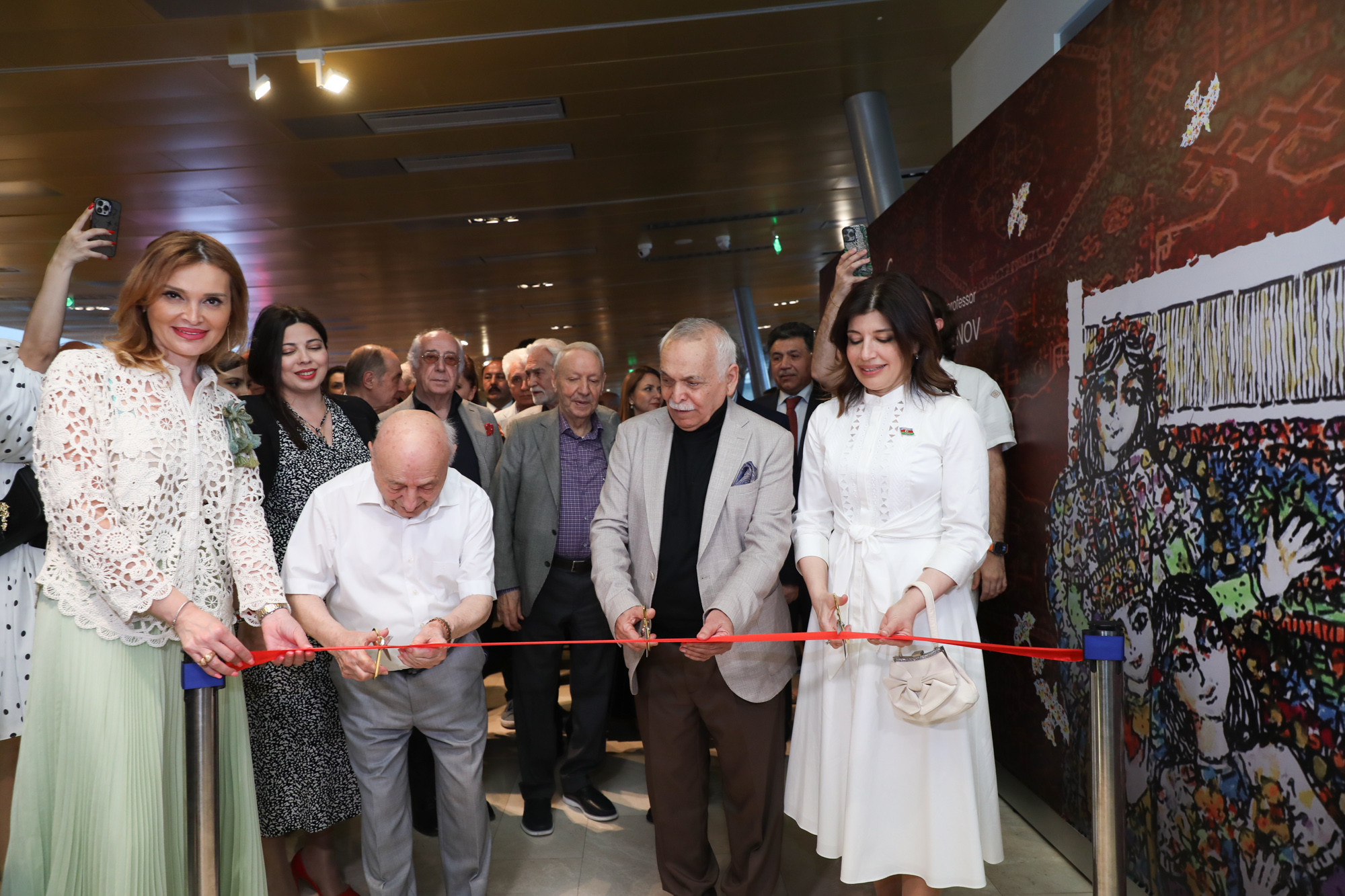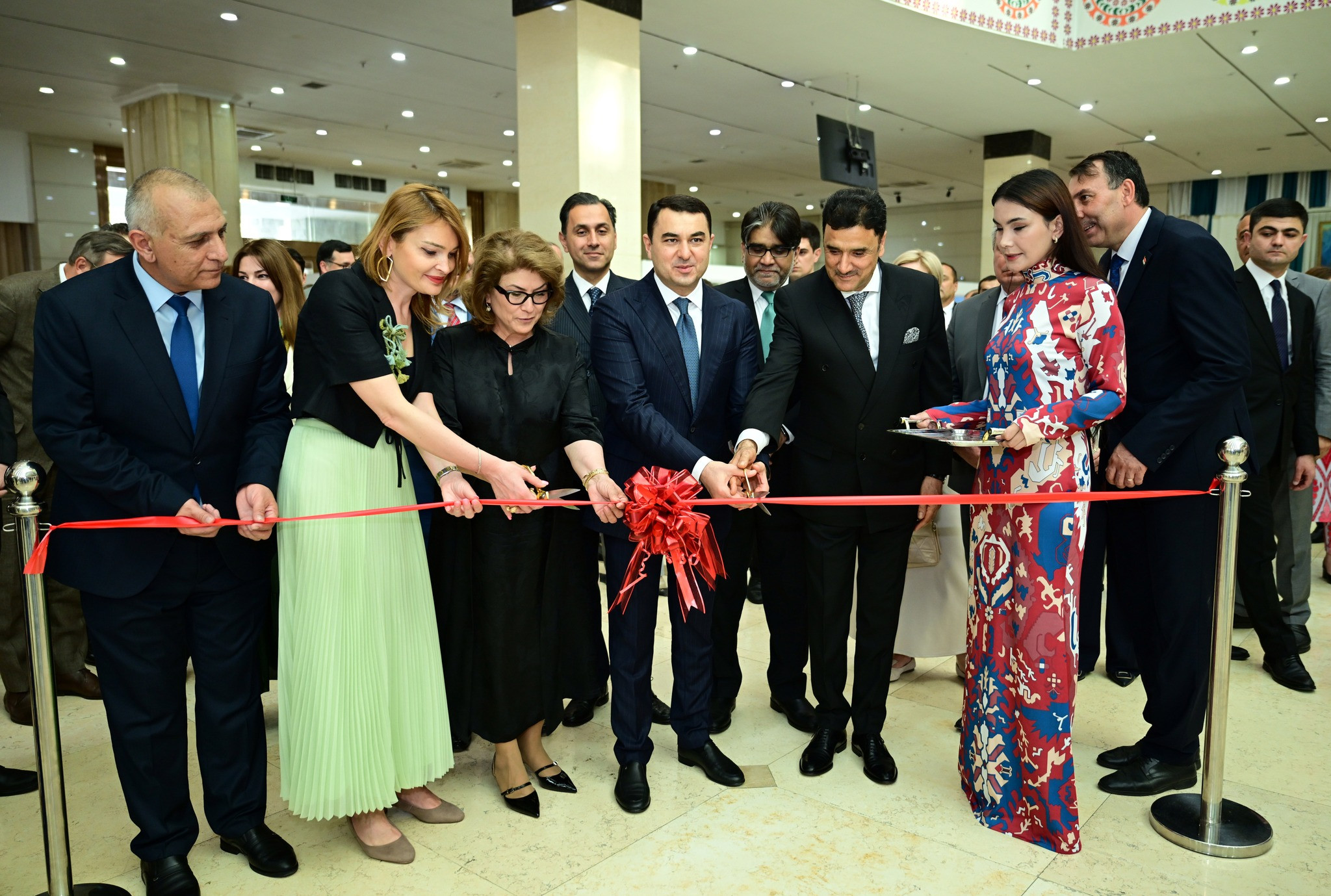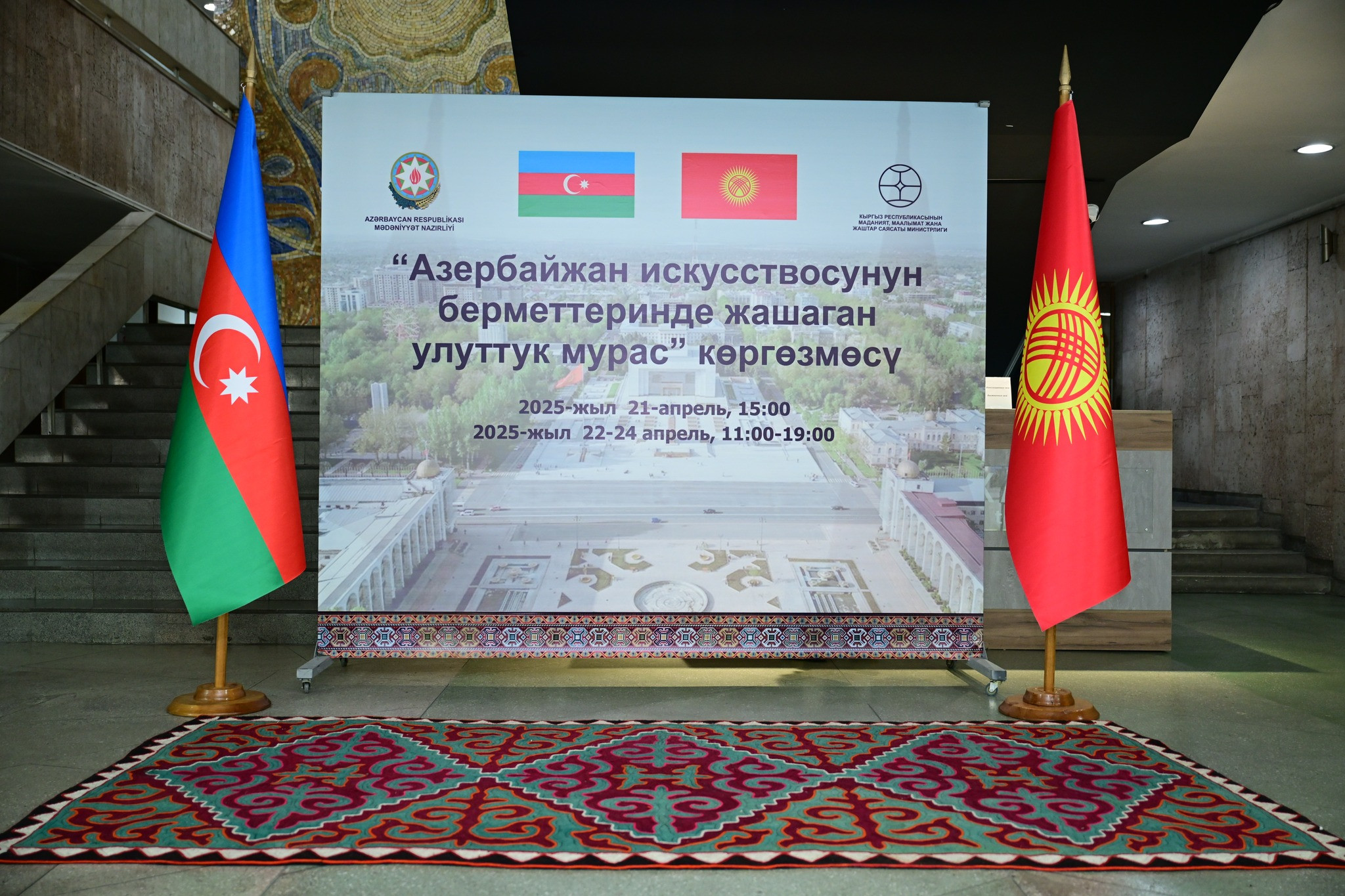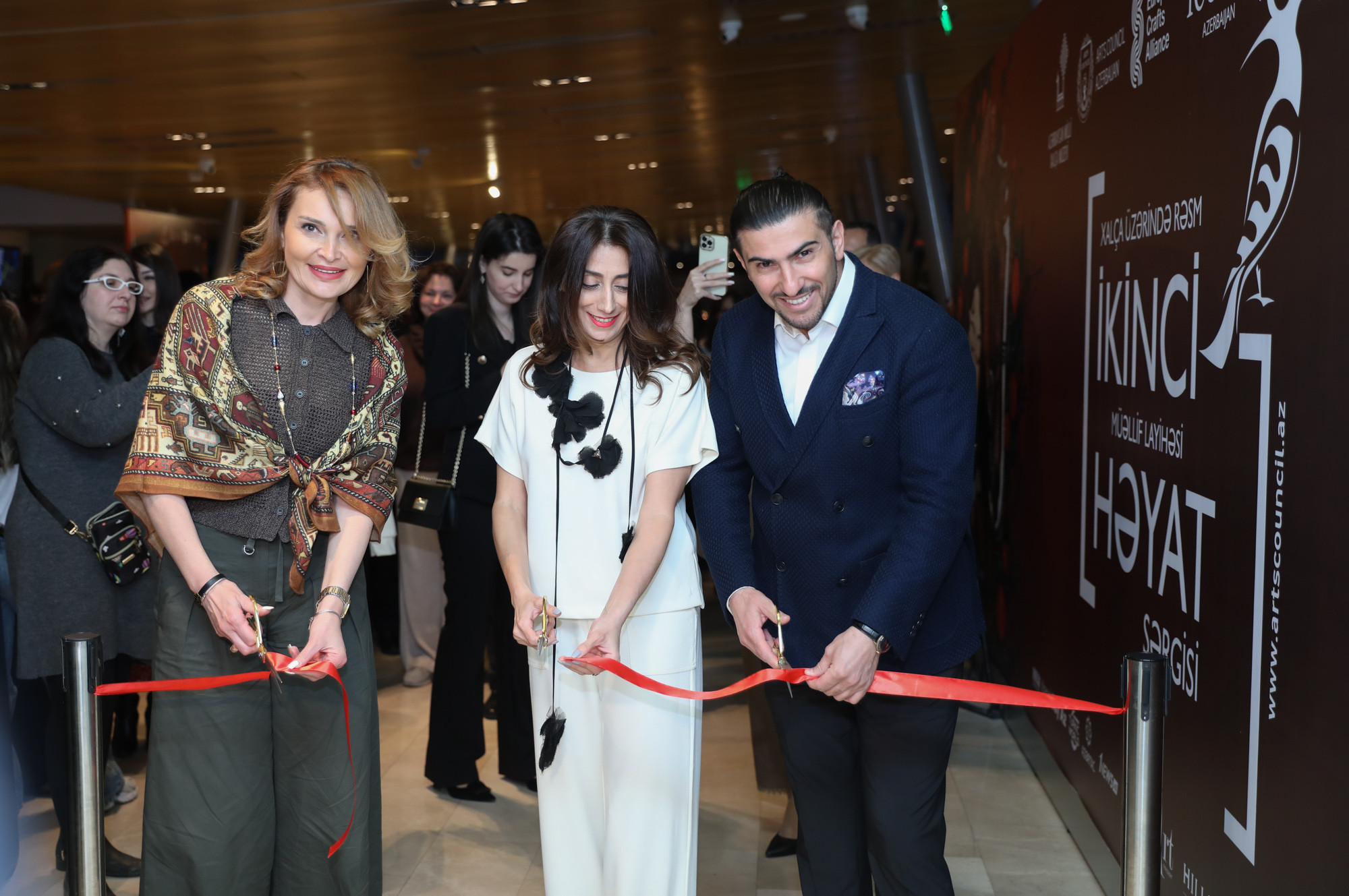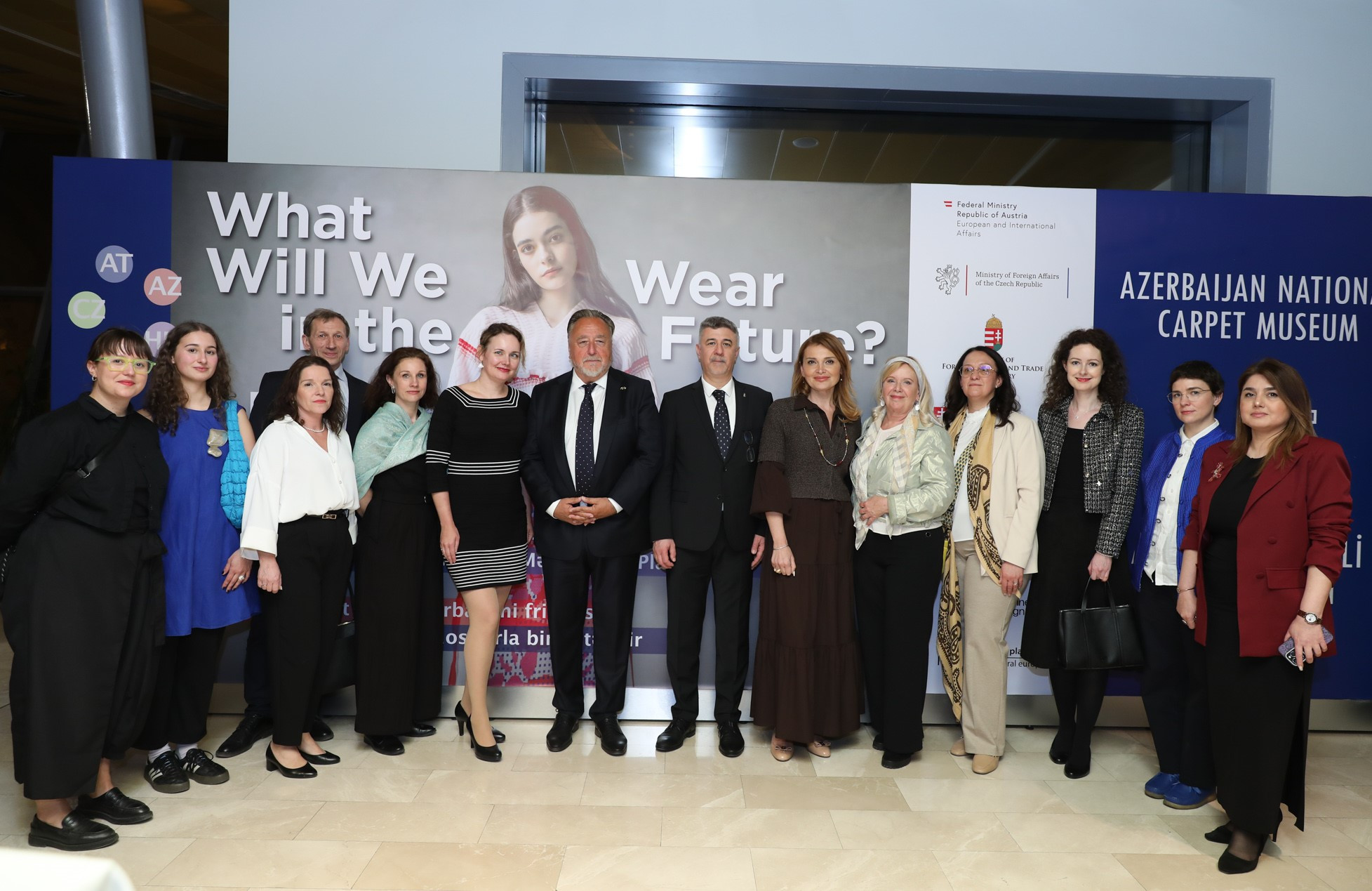Latif Karimov
Latif Karimov is an outstanding citizen of the nation, scientist, artist, carpet weaver, and author of the essential work Azerbaijani Carpet. He was born in 1906 in Shusha, the ancient city of Azerbaijan. His father, Mashhadi Huseyn, was a hatter, and his mother, Telli Hajinasib gizi, was one of Karabakh’s well-known weavers.
In 1912, the Karimov family moved to Mashhad, a city in Iran. Here, L. Karimov improved his painting skills by studying the classical oriental art of calligraphy, After finishing school in 1922, at the carpet workshop of Mirza Alakbar Huseynzadeh, Karimov first worked as an instructor’s assistant, then as an instructor, and later as an artist. After returning to Azerbaijan in 1929, he worked at Azerkhalcha Scientific and Creative Production Association.
In the 1930s, when a period of mass production started, Karimov drew classical carpet sketches and brought a number of innovations into the art of carpet weaving.
In 1937, on the initiative of Latif Karimov, the Central Dyeing Workshop in Baku opened. He was the first to create a scale of colors for carpets.
From 1945 until the end of his life, L. Karimov was the Head of the Decorative and Applied Art Department (from 1984 - Department of Carpet Art) at the Architecture and Art Institute of the National Academy of Sciences of Azerbaijan SSR. In 1950 he received his PhD in Art for his work Source of Ornaments on Azerbaijani Carpets.
Karimov was highly appreciated by the government. He was awarded the USSR State Prize in 1950, Honored Worker of Art in 1955, and People’s Artist in 1960.
Latif Karimov first expressed the idea of carpet art’s intrinsic value, and his deep connection to the ancient historical culture of his people. The master retrieved many Azerbaijani carpet ornaments and compositions that had been lost. Latif Karimov’s role in the revival, development, and enrichment of national traditions is therefore immense. Moreover, his formulation of clear criteria for identifying Azerbaijani carpets is invaluable. L. Karimov highlighted the main artistic trends in carpet art and their stylistic features, giving a clear classification of Azerbaijani carpets, as reflected in his indispensable three-volume book, Azerbaijani Carpet. For a long time Azerbaijan carpets were subsumed within the realm of oriental carpets, or they were defined with term “Caucasian.” L. Karimov’s scientific research returned these masterpieces home, proving that at least 90% of so-called Caucasian carpets, which are today in museums around the world, are Azerbaijani.
In 1967, the Azerbaijan Carpet Museum –– a unique museum in Baku –– was established on the initiative of Latif Karimov, and 26 years later, the museum took the name of this outstanding figure of art and culture. Since the time of its inception, the museum has been the only institution in the world where the most representative and diverse collection of Azerbaijani carpets and carpet items has been stored, studied, and displayed – a priceless national heritage of the people.
For many years, the prominent carpet artist worked as a teacher of carpet weaving art at Azerbaijan State Art Institute named after M. A. Aliyev (now Azerbaijan State University of Culture and Art).
Latif Karimov created numerous carpet sketches, artistic designs of some architectural buildings, wall decorations, jewelry items, fabric patterns, and other items.
Valuable carpets woven on the basis of Karimov’s sketches include “Afshan” (1932), “Gonagkand” (1939), “Lachakturunj” (1952), “Shusha” (1953), “Goygol” (1958), “Karabakh” (1960), “Islimi” (1964), “Butali” (1965), “Bahar” (“Spring”) (1966-1976), “Heyvanlar alemi” (“World of animals”) (1969), “Shabi-hijran” (“Night of separation”) (1975), “Zarkhara” (1977), “Firdovsi” (1934), “Samad Vurghun” (1956), “Vagif” (1967), “Fuzuli” (1972), “Nasimi” (1974), “Safiaddin Urmavi” (1975), and “Ajami” (1976).
